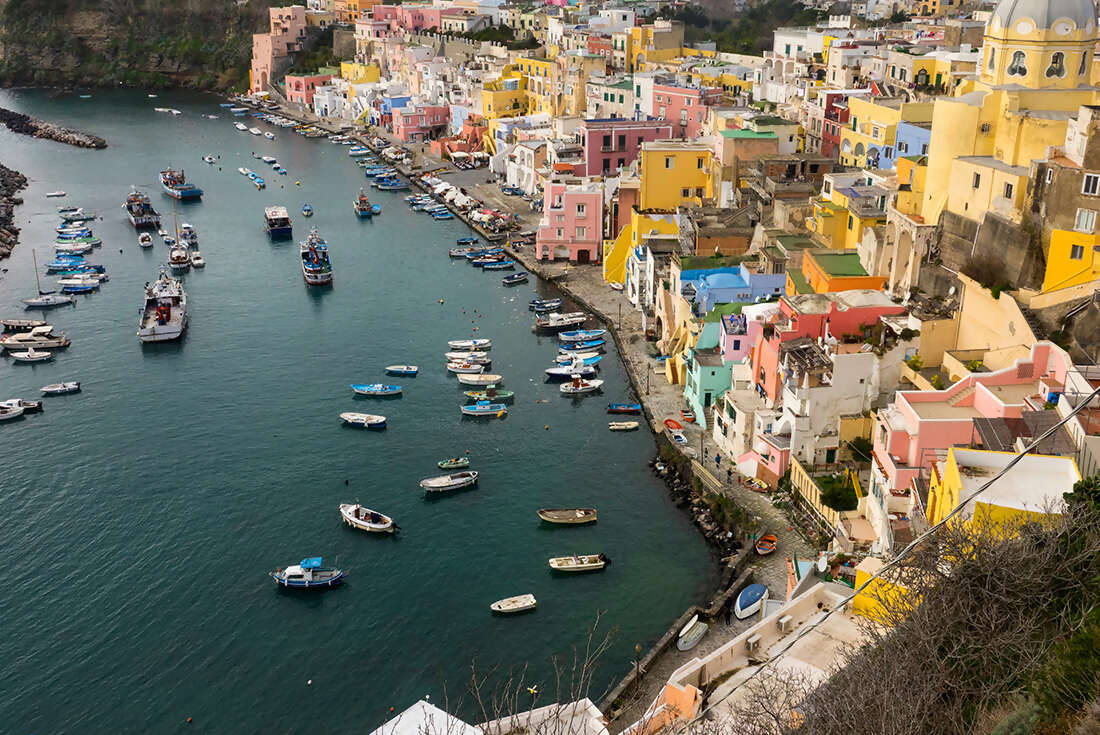 Take a scenic journey through Croatia and Slovenia on this 15-day tour from lively Dubrovnik to pristine Bled. Experience both history and nature at their best – from Roman ruins and walled cities to unspoilt beaches and rugged islands just off the Adriatic Coast. Quaff wine with locals in Korcula, delve into the ancient history of Split, hike through the Hvar hinterland and be swept up in the magic of Bled. Discover a wealth of European islands and architecture and lose yourself in the serenity of this charming and picturesque region.
Take a scenic journey through Croatia and Slovenia on this 15-day tour from lively Dubrovnik to pristine Bled. Experience both history and nature at their best – from Roman ruins and walled cities to unspoilt beaches and rugged islands just off the Adriatic Coast. Quaff wine with locals in Korcula, delve into the ancient history of Split, hike through the Hvar hinterland and be swept up in the magic of Bled. Discover a wealth of European islands and architecture and lose yourself in the serenity of this charming and picturesque region.Highlights
Spend a full day exploring the green island of Mljet – with its small seaside villages, lush national park trails, shimmering waters and largely untouched environment, you’ll never want to leave!
Snack on salty cheese made from sheep’s milk during a trip to the karst island of Pag, where a determined group of islanders wring themselves a living from the barren, rocky landscape.
A guided tour of the 4th-century Diocletian’s Palace in Split reveals not just Roman-era beauty, but also the local businesses that operate in the alleyways and cellars of this epic structure.
Gaze over the beautiful hillside, lavender fields and vineyards of Hvar Island during a leisurely organic dinner at an agriturismo.
Explore the stunning Lake Bled, with its famous island church and aquamarine water, on a guided walk with your leader.






- You will visit the following places:
-

Dubrovnik
Dubrovnik is a gorgeous Croatian city on the Adriatic Sea coast positioned at the terminal end of the Isthmus of Dubrovnik. It is one of the most prominent tourist resorts of the Mediterranean and listed as a UNESCO World Heritage Site since 1979. The city is nicknamed "Pearl of the Adriatic". The success of Dubrovnik’s tourist industry has brought a certain degree of complacency and self-satisfaction. Certain aspects of the city’s appeal remain immune to tourist numbers, however, most notably the uniquely stunning setting and the unjaded straightforwardness of the Dubrovčani themselves.
-

Pula
Pula is the largest city in Istria County, Croatia, situated at the southern tip of the Istria peninsula. Like the rest of the region, it is known for its mild climate, tame sea, and unspoiled nature. Founded as early as the 10th century B.C.E. and valued for its strategic location, the city has a long tradition of winemaking, fishing, shipbuilding, and tourism. Pula has also been Istria's administrative center since ancient Roman times.